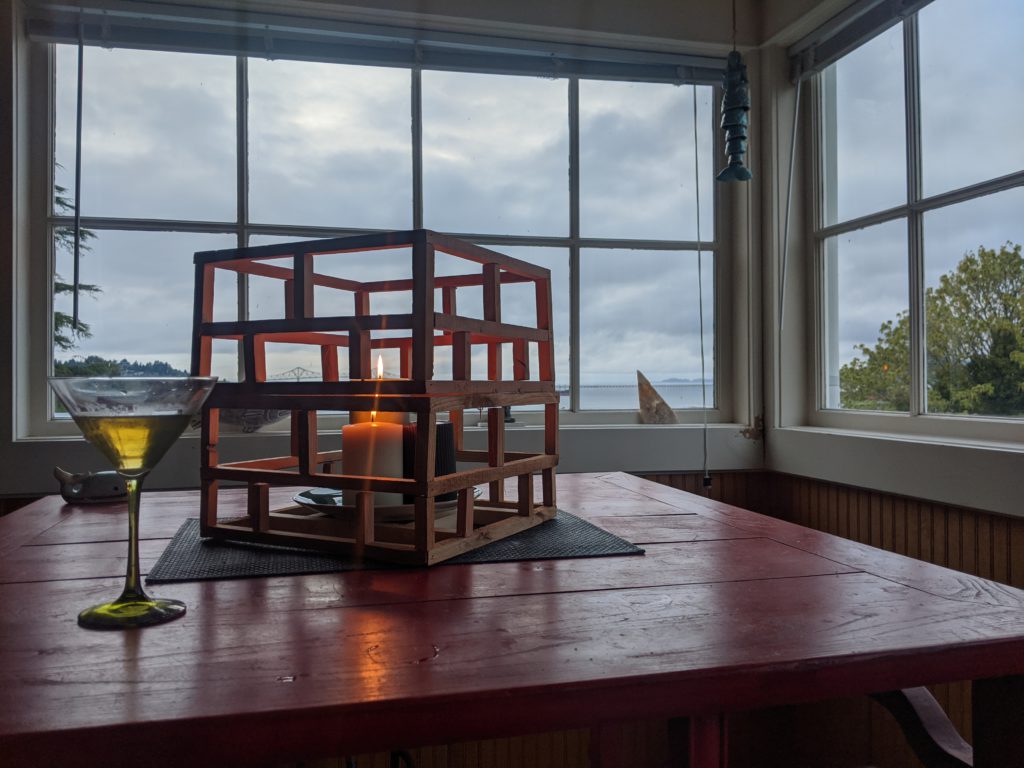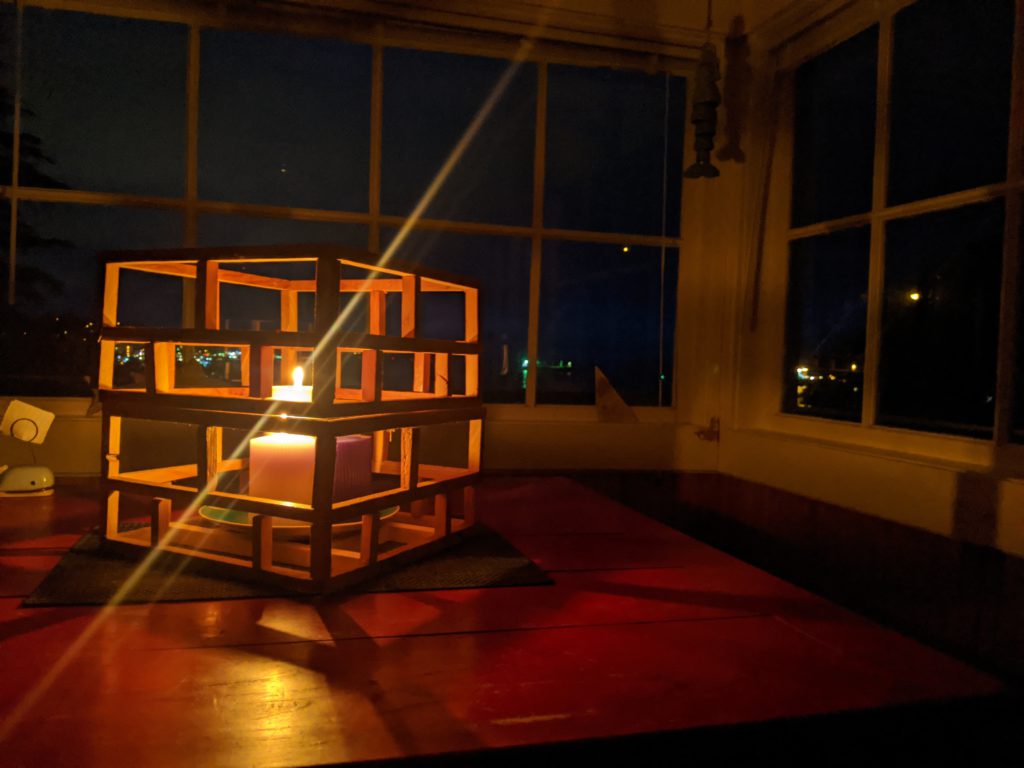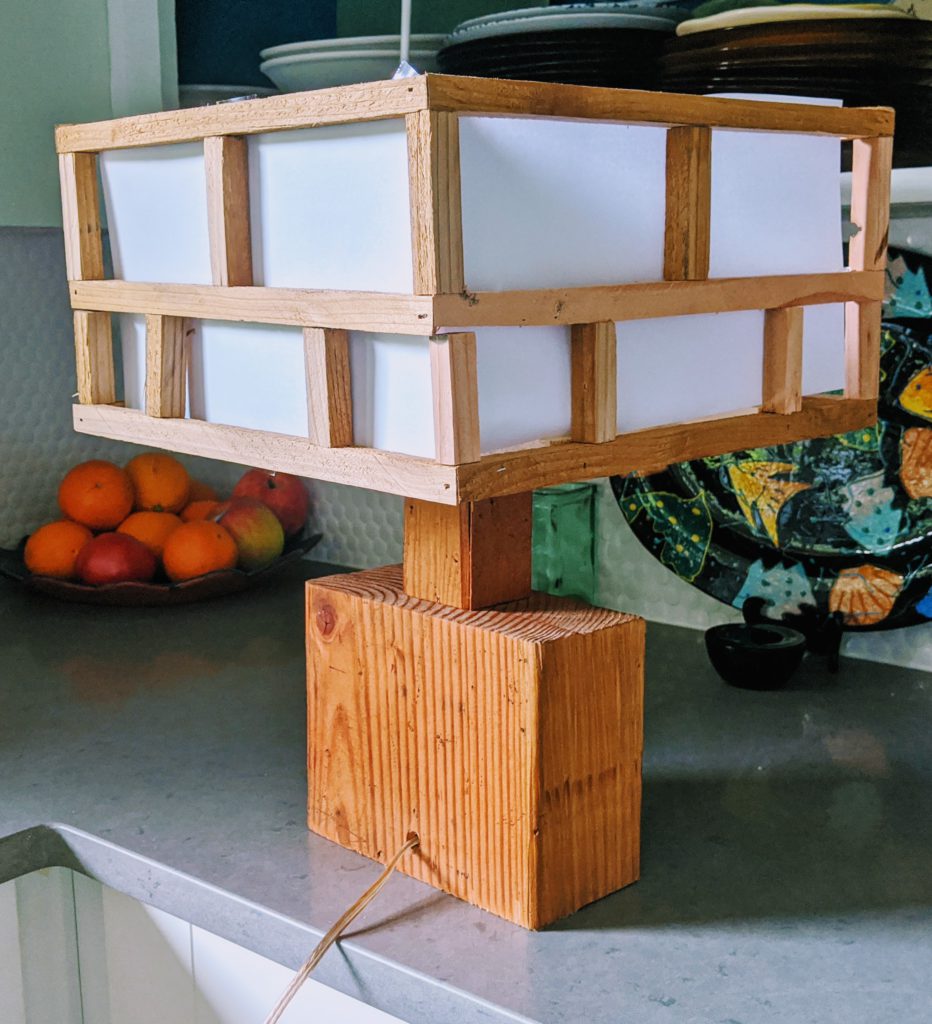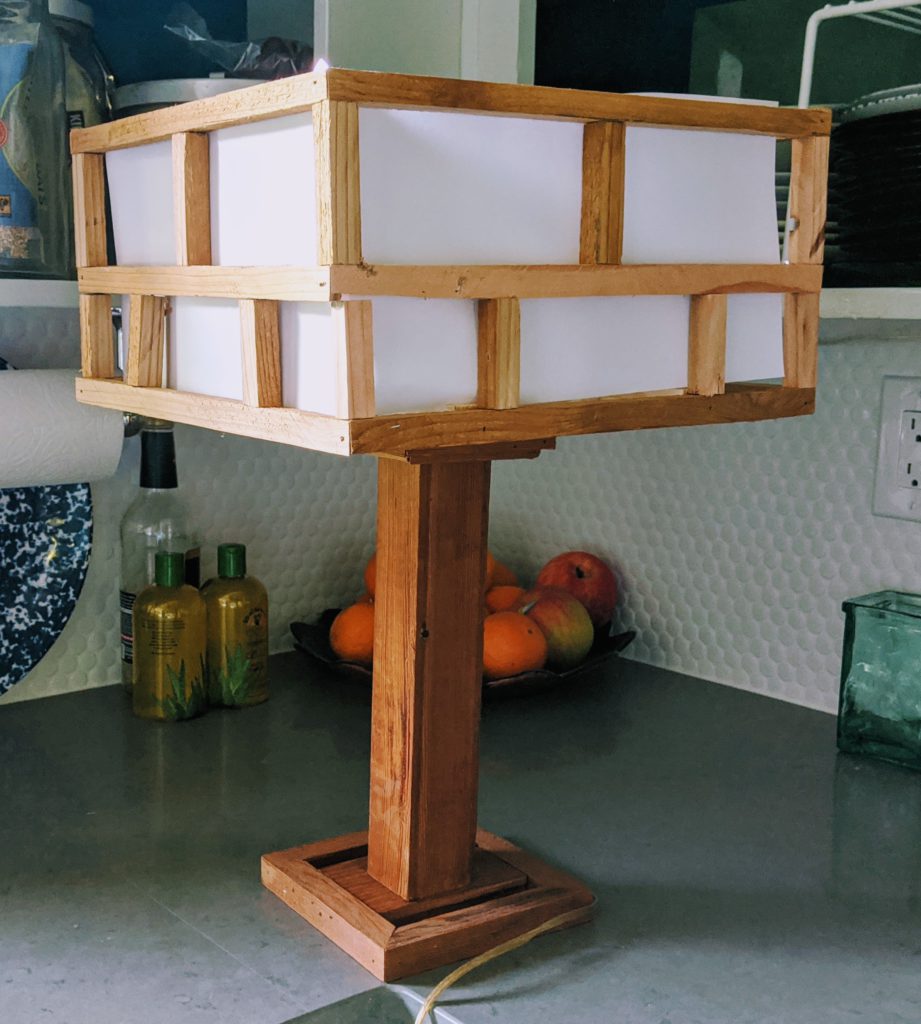I like the fact that I can take scrap wood and some old cups and turn them into a lamp in a day. But it really takes longer than a day when you count the design time – in my video Carpentry and Deep Math I talked about all the math, but even if it’s not cosines and tangents, the design phase is still a mix of what I want it to look like, how it really fits together and how it looks in the end.
I’m currently fiddling with a box style lampshade. I got the idea from more Japanese style lanterns, but it sort of morphed a little as I sketched it out.

Part of the “morphing” comes from playing with the material itself — the Craftsman lamps I’ve been making have been using planks that are 3/4″ thick, but I have a big stack of 1/2″ planks too. This means the joins are a little different and how I’m actually going to put the panels in will be different because I don’t have as much surface area to play with.
And then I learn things as I actually try to put things together which makes me refine my design.
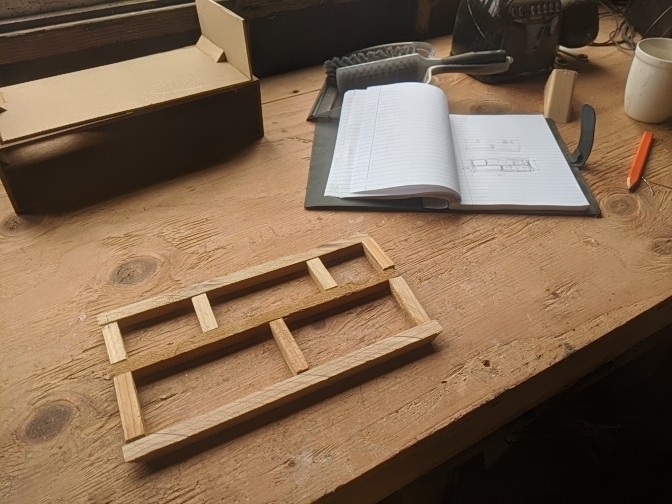
For example, I realized after I cut the first pieces that I had left myself little way to tie them together — the 12″ length in the middle needed to become an 11″ length and the pieces on the side needed to become full length top to bottom.
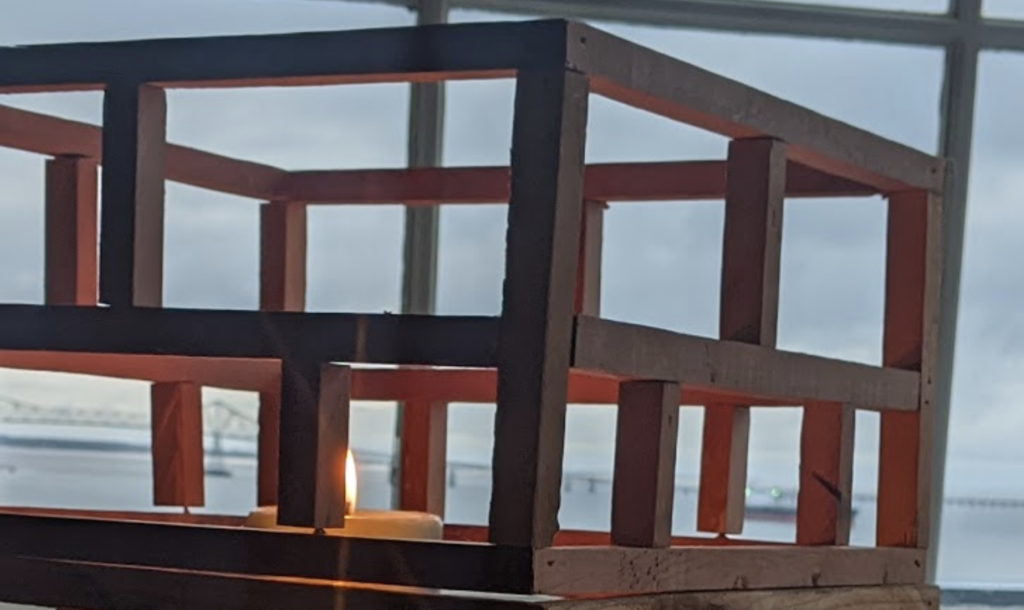
This makes the sides straighter, and it makes it easier to fit together. Of course my second rough attempt was, well, rough, and I was reminded of math and accurate cutting. But that’s why I call it a prototype, because I’m okay with it being imperfect. It gets me close and then I can play with it to see how it works in different situations.
I tacked some paper to the back to see how it would look as a shoji screen, stacked my two prototypes on top of each other and used them as a candle enclosure, and basically just played around.
And it’s that playing around that is so much fun… just figuring things out mechanically works, but trying things in new ways lets you see things differently, and maybe come up with an idea you had never thought of.
